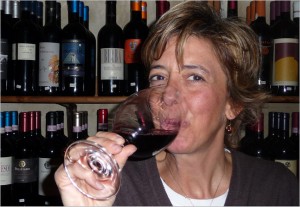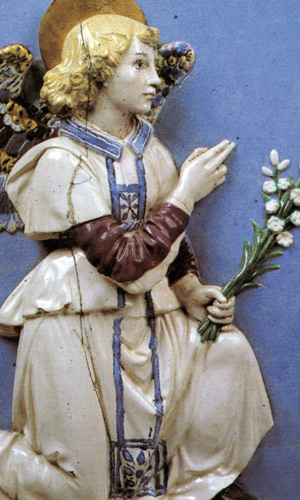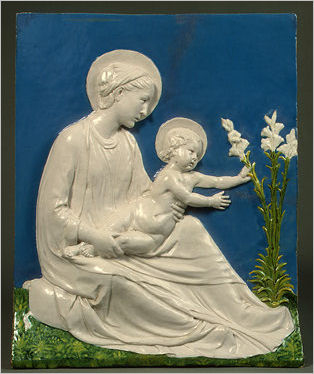We made it. It’s always complicated to get organized with husbands and children to go to art events. They are not in the least interested but … Manuela and I have a secret weapon: GOOD FOOD!
We discovered a couple of years ago a nice wine bar in Arezzo, with excellent food, home made local dishes with fresh ingredient from the area. You know, ribollita, white beans, finocchiona, pecorino … Suddenly no one had any objection to a Sunday off and we met in Arezzo, under a cloudy sky, excited to see so many Della Robbia works in a single place. Continue reading





